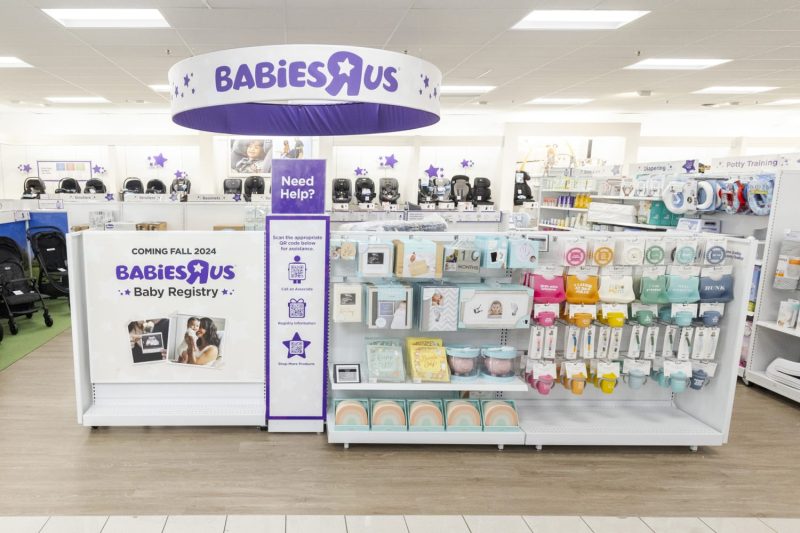The re-emergence of Babies R Us and Kohl’s strategic move of partnering with the brand signals a significant shift in the retail landscape. The decision to bring back Babies R Us comes at a time when the baby product market is booming, with an increasing focus on millennial parents who are willing to spend more on high-quality, innovative products for their children.
Kohl’s decision to host Babies R Us shops within its stores is a smart move that benefits both brands. Babies R Us gets a physical presence without the burden of maintaining standalone stores, while Kohl’s gains a competitive edge by offering a wider range of products to attract more customers, especially young families.
This partnership capitalizes on the complementary strengths of both companies. Kohl’s brings its established customer base and strong brand recognition to the table, while Babies R Us offers expertise in baby products and a loyal following of parents seeking trusted and reliable options for their little ones.
Moreover, the timing of this partnership is strategic, considering the changing retail landscape due to the rise of e-commerce giants like Amazon. By teaming up, Kohl’s and Babies R Us aim to create a one-stop shop for families, providing convenience and variety that online retailers may struggle to match.
The move also reflects a trend towards experiential retail, where customers seek more than just products – they crave experiences. By creating a space within Kohl’s stores where parents can shop for baby products, seek advice from knowledgeable staff, and engage with other families, both brands tap into the desire for community and interaction that many consumers seek in their shopping experiences.
In conclusion, the relaunch of Babies R Us and its partnership with Kohl’s mark a strategic response to the evolving retail landscape. By leveraging each other’s strengths and providing a unique shopping experience for families, the collaboration sets a promising path for both brands to thrive in a competitive market while meeting the changing needs of modern consumers.
